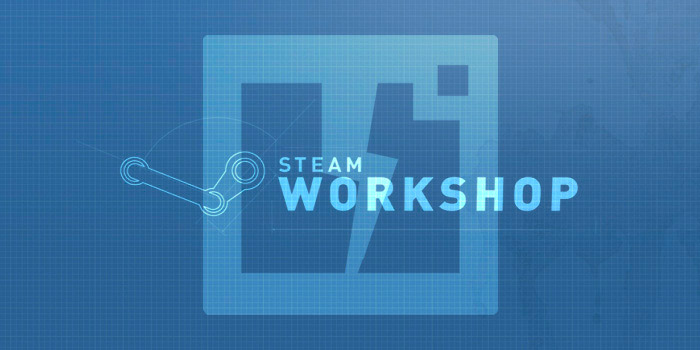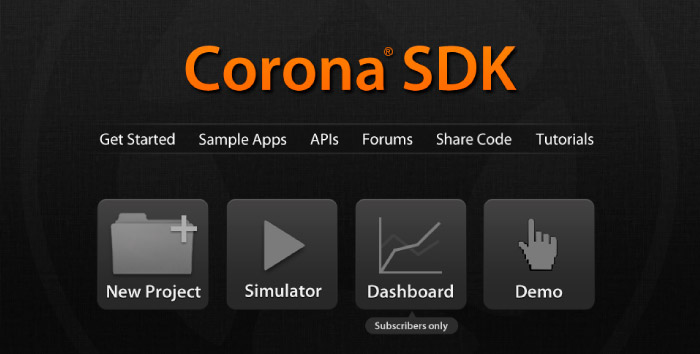Being a developer, a gamer or just a casual user that wants to access the Internet, sometimes we have the necessity to connect to a non-private Wi-Fi connection. Everyone has already heard about the dangers of surfing on public Wi-Fi networks, but sometimes it’s just impossible to avoid it.
To help you increasing your odds of being safe while using such networks, we’re going to show you some quick tips that will surely help you and might just save your life.
Navigate only on HTTPS encrypted sites
If you really need to use personal / sensitive credentials, you should look forward to only connect to websites that are HTTPS encrypted. They can be identified by having this prefix on the URL bar. These sites usually do a great job protecting your from any hackers that could be connected to the same network.
Select Wi-Fi networks manually
Our phones, tablets and PCs have this nifty option to automatically connect to certain networks when they are available. If you’re not currently using a public Wi-Fi, you shouldn’t allow your device to automatically connect to it.
Use different tools to protect yourself
You have several security tools that protect your against hackers even when you are connected on a public network. Another related suggestion is to use a VPN network, especially if you really need to connect frequently, as some of these can almost 100% protect you from any kind of attacks.
Connect only to password protected networks
A open Wi-Fi network can be accessed by anyone in the area, which increases the chance of having bad intentioned people connecting to such network as well. If you connect to a password protected Wi-Fi, that means not everyone will have the credentials to connect, lowering the chances of being hacked.
If the public Wi-Fi owner also changes the password regularly, that makes this network even safer. Remember that if people know how to hack wifi, they will still be able to use that network anyway.
Use two-steps login protection
The two-steps login is basically a very safe mechanism to protect your accounts. Everyday more and more services include such security measures (such as Facebook and Google, for example). When you put your credentials (first step), the second step is that if the app / site you’re not using the same site / app / IP as usual, it will send you a code to your phone. This makes it so even if someone knows your password, they need to have physical access to your phone in order to use your accounts.














